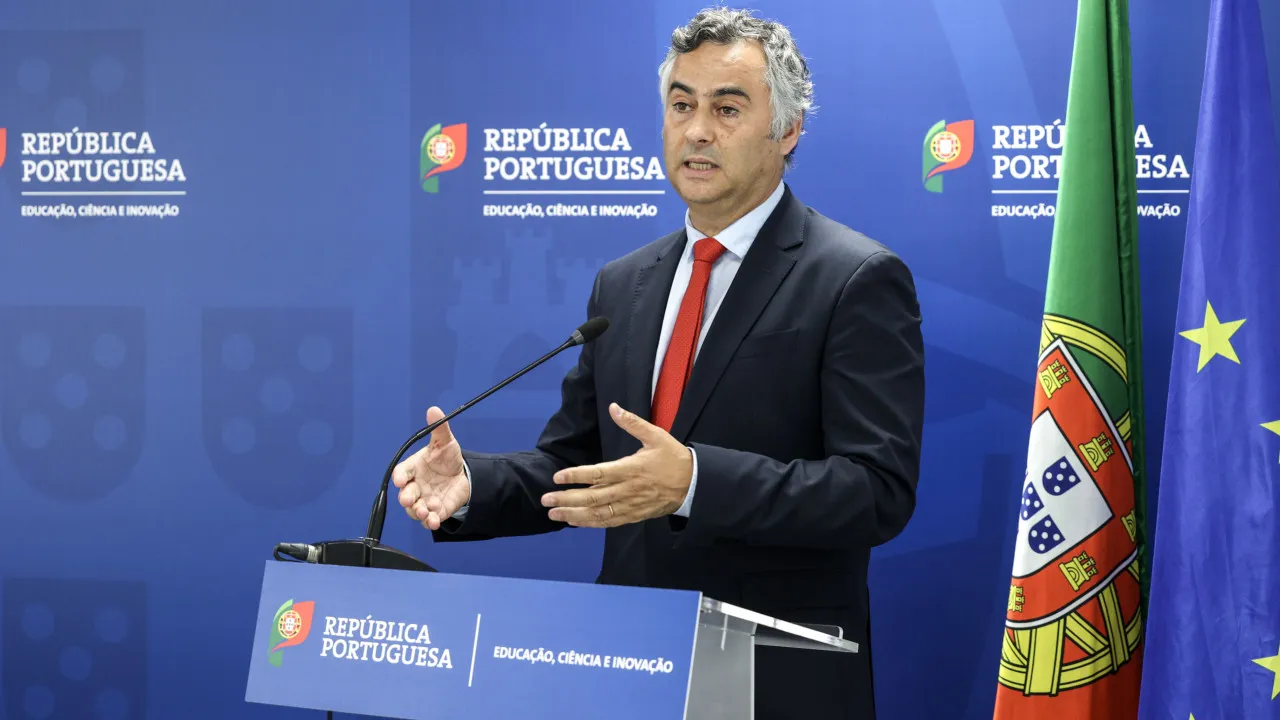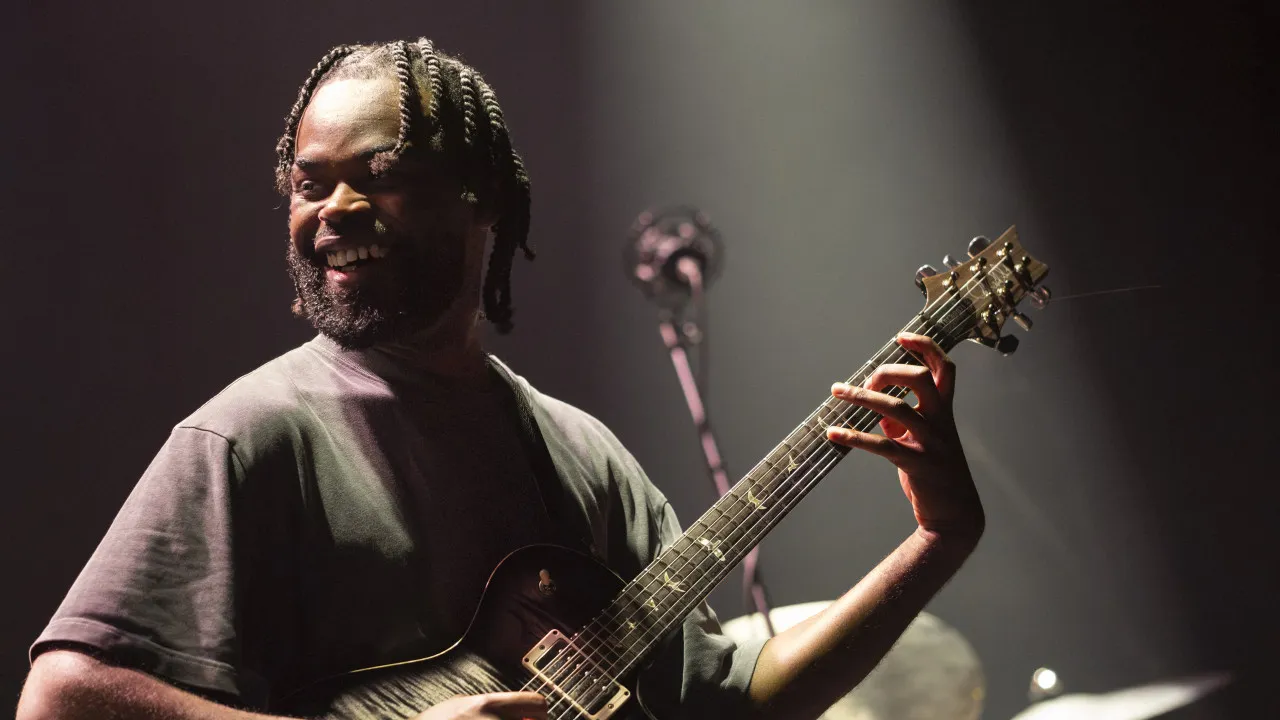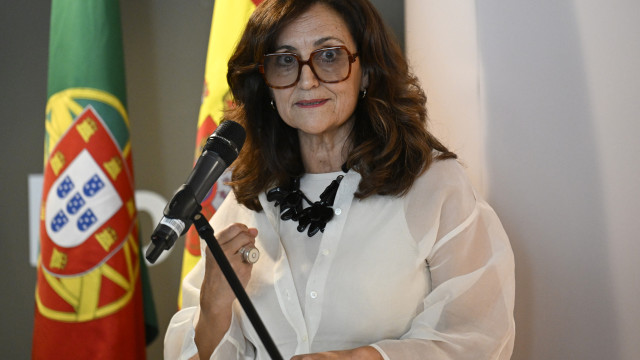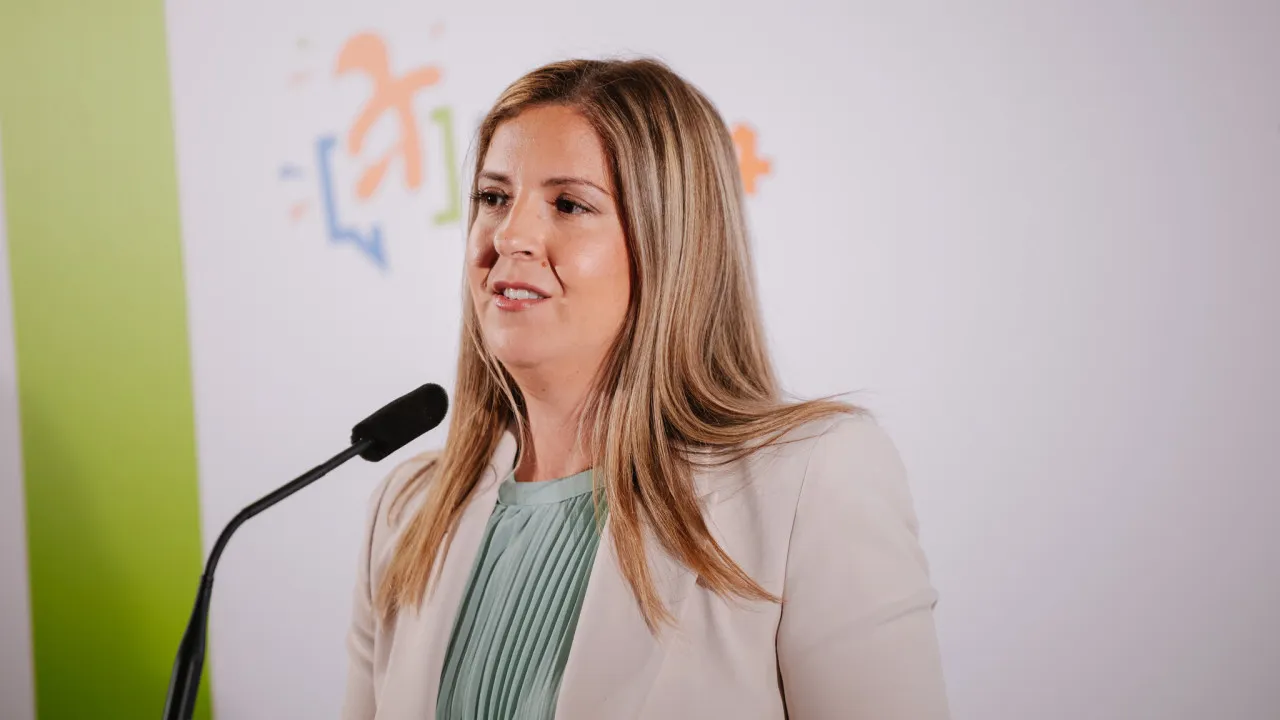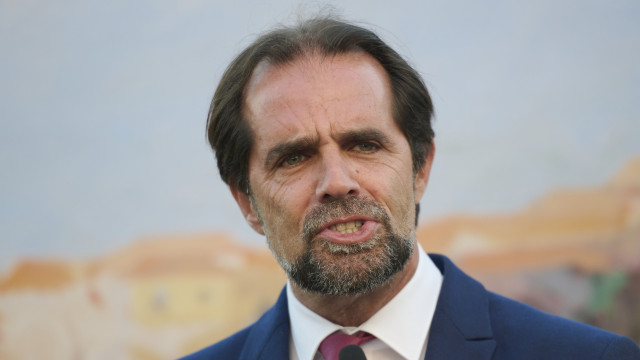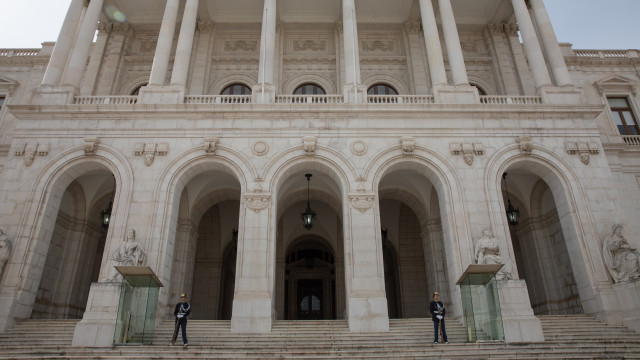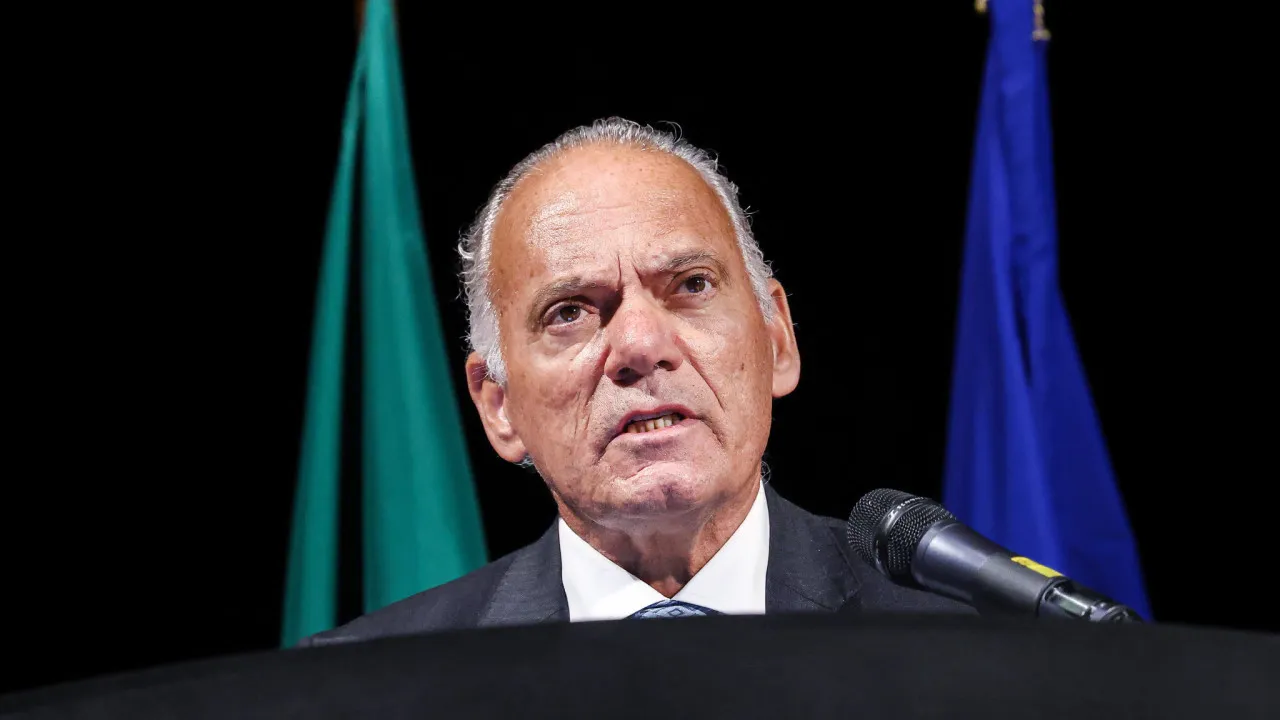The paintings by Add Fuel and Shepard Fairey outside the Cordoaria Nacional, an old ropeworks in Lisbon, flag an exhibition of urban art, but in this “Urban [R]Evolution” that curators describe as the first major exhibition of its kind in Portugal the works go far beyond the classic ones traditionally made using spray cans.
When many people think of urban art, they automatically think of graffiti – paintings of illegal genesis on walls or trains. But in the exhibition “Urban [R]evolution” – which opens on Wednesday – it is recalled that this is how it all began, but it is shown that the movement has grown and today the techniques and means used go far beyond doodles painted with spray cans.
“There is a story to tell about the evolution” of urban art, said one of the show’s curators, Pedro Alonzo, in comments to Lusa amid preparations for “Urban [R]evolution” – which features works by 18 artists from Portugal and elsewhere. “There are many ways to tell it, and this is a great way to do it: the first major exhibition of urban art in Portugal.”
Alonzo is jointly curatoring the show with Pauline Foessel, who in 2010 founded the cultural platform Underdogs with Alexandre Farto (better known as Vhils), one of the urban artists from Portugal who is best known around the world.
The Underdogs team had “always in mind to stage a big exhibition in Lisbon” with artists they have already worked with, but also others “who are pioneers in the movement,” recalled Foessel.
The Cordoaria Nacional would host the exhibition, but the works would not be allowed to “touch any wall” in the process, she explained. The solution was to create 17 individual spaces, each one “as a solo exhibition, so that each of the artists could have a concept.”
The aim of the curators is that whoever walks through the Cordoaria Nacional, space by space, will reach the end and think: “The essence of the movement is there, but they have also explored and are now exploring so many different techniques and media,” she added.
Alonzo, for his part, recalled that “urban art started with ‘tagging’ [name painting] and then [decorating] trains, but it’s not just spray painting anymore and that’s what we wanted to show.
“In fact there is little spray painting [in the show] and that is what we wanted to show: that diversity,” he stressed.
In the various spaces, which were worked on by the artists Shepard Fairey, André Saraiva, Vhils, Felipe Pantone, Jason Revok, Add Fuel, Wasted Rita, Tamara Alves, Nuno Viegas, AkaCorleone, ±MaisMenos±, Barry McGee, Futura, Lee Quiñones, Maya Hayuk, Obey SKTR and Swoon, there are neons, both free painting and stencils, collage, excavated walls, video installations, tiles and acrylic and wooden pieces, among other techniques and means.
All these artists, Alonzo pointed out, “distinguish themselves by intentionally wanting to have a wider public, by having a body of work that can be related to, that a larger group of the population can appreciate and understand.
“At some point, graffiti becomes as obscure as contemporary art,” he went on. “It’s very hard to understand, very hard to decipher. It’s done by groups of ‘writers’ in competition with each other, and although it happens in public space, it’s not really meant for the public.”
The curator recalls that it was artists like Lee Quiñones, 62, or Futura, 67, who “changed this paradigm” of a closed group.
“There is an image of a train, which Martha [Cooper] took in 1980, the first totally abstract [painted] train,” he noted. “Futura’s signature [on that train] went from a big name in the graffiti style of writing, to a very fine signature that was almost like signing a canvas.”
Cooper is the 18th artist in “Urban [R]Evolution” and was invited “because she was so instrumental to the whole movement” and acts as “a kind of backbone of the exhibition.” in Alonzo’s words.
Connecting the 17 spaces, throughout the Cordoaria Nacional, images from her archive are exhibited, featuring thousands of images that document hip-hop culture – rap, graffiti, breakdance and DJ-ing – captured since the 1970’s in New York, the cradle of the movement.
Through the 80-year-old photographer’s images, the public can “visualise the progression and evolution” of urban art.
But the images also show “the terrible conditions from which the graffiti, hip-hop and breakdance emerged: unstructured communities in the United States, in New York,” Alonzo pointed out. “It’s hard to imagine New York City devastated and with empty parts, in rubble. But it was exactly like that, and we have some of those images, which she captured.
“Also children playing with rubbish, making toys out of rubbish and materials they found,” he exemplified. “And this is very important, because these were the conditions from which one of the most popular art movements ever emerged.”
In the exhibition there are other themes addressed by the artists, with Alonzo highlighting the works of US-based Swoon and Ukraine native Maia Hayuk.
“Swoon’s work is dealing with individuals, including their parents, who struggled with drug addiction, in a system like the US, which heavily penalises and criminalises drug addiction, unlike Portugal which has this incredible success story of having been one of the worst countries in Europe in terms of addictions, to now having the best results, with the programme of decriminalisation of consumption,” he noted.
Hayuk, meanwhile, decided to “look at the war in Ukraine” and filled her space with “bursts of colour as explosions occur in Ukraine,” in Alonzo’s words.
“There are themes here that may surprise people,” he added.
Foessel also highlighted the show’s “dialogue between international and Portuguese artists [and] also between generations.”
Speaking to Lusa, the Portuguese artist AkaCorleone spoke of how “surreal” it had been to meet and work side by side with “iconic” artists who loved his own work so much.
Like many, AkaCorleone started painting in the streets, but in “Urban [R]Evolution” he chose to show an immersive installation hat “intends to give the sensation of a space that a person visits, contemplates” – with references to the beginning of his work and identity: the use of primary colours and the creation of complementary colours using transparencies.
The installation includes ambient sound, to help the contemplation and reflection of those who enter it.
And because urban art is ephemeral, after the exhibition, AkaCorleone’s work will not last long.
“Everything [that was created for the show] will disappear,” the curators told Lusa. “They are temporary installations.”
The exhibition “Urban [R]Evolution” is being staged by Underdogs and the promoter Everything is New, and will be open every day until 3 December between 10.30 a.m. and 7.30 p.m., with prices varying from weekdays to the weekend. A basic ticket, for an adult, costs €13 during the week and €15 at the weekend, but there are discounts for children, students, seniors and people with reduced mobility, as well as family tickets.


